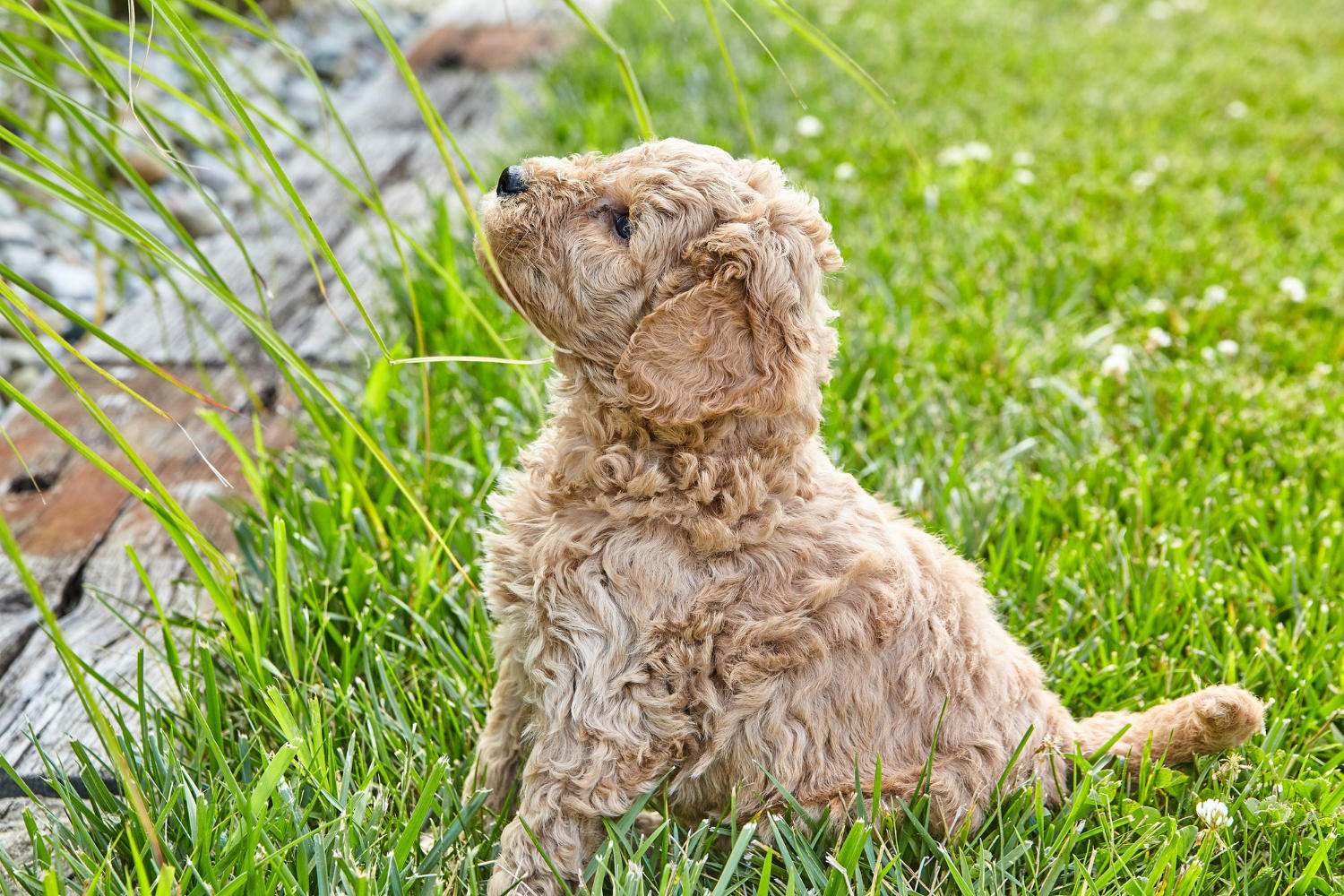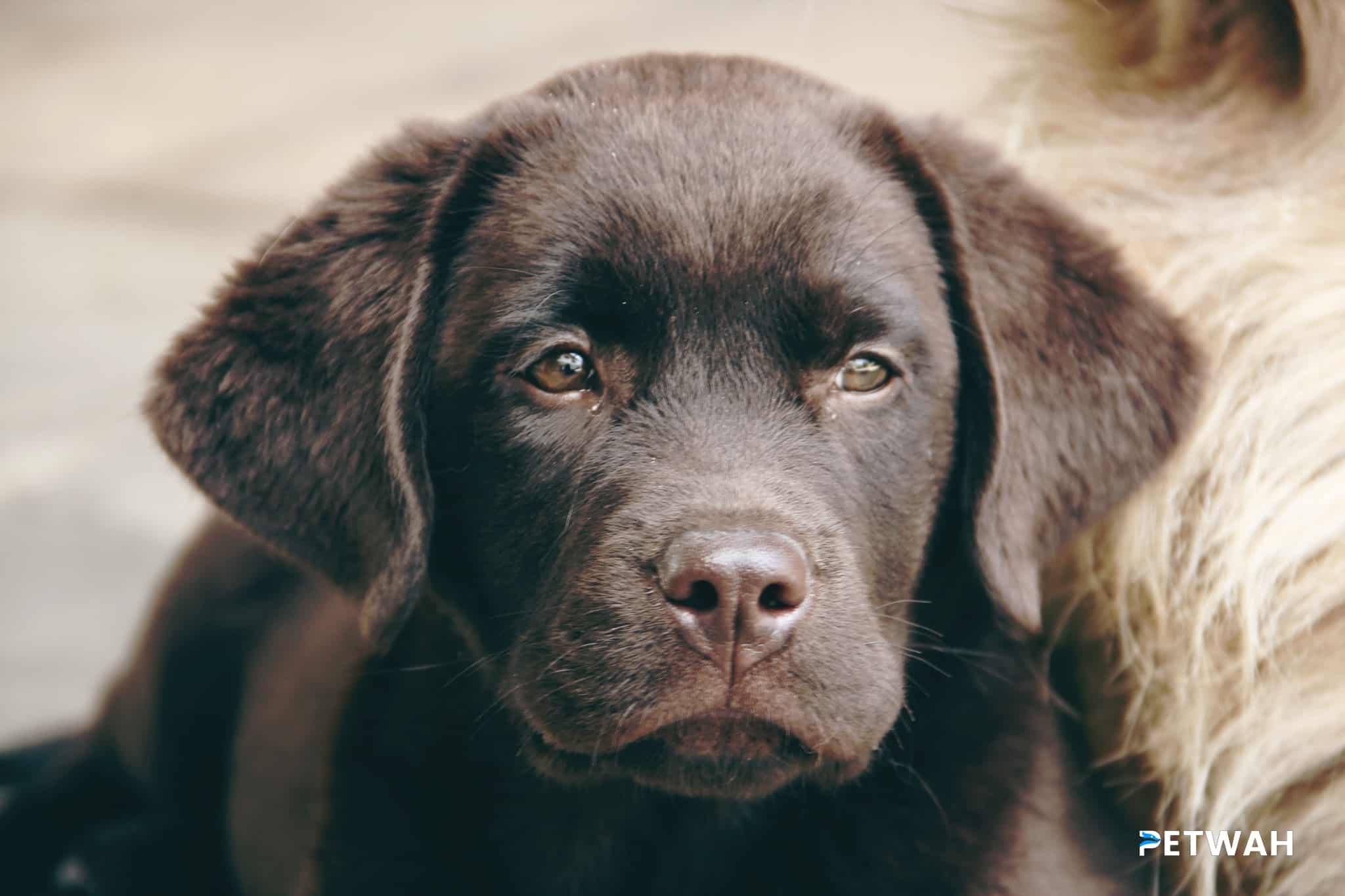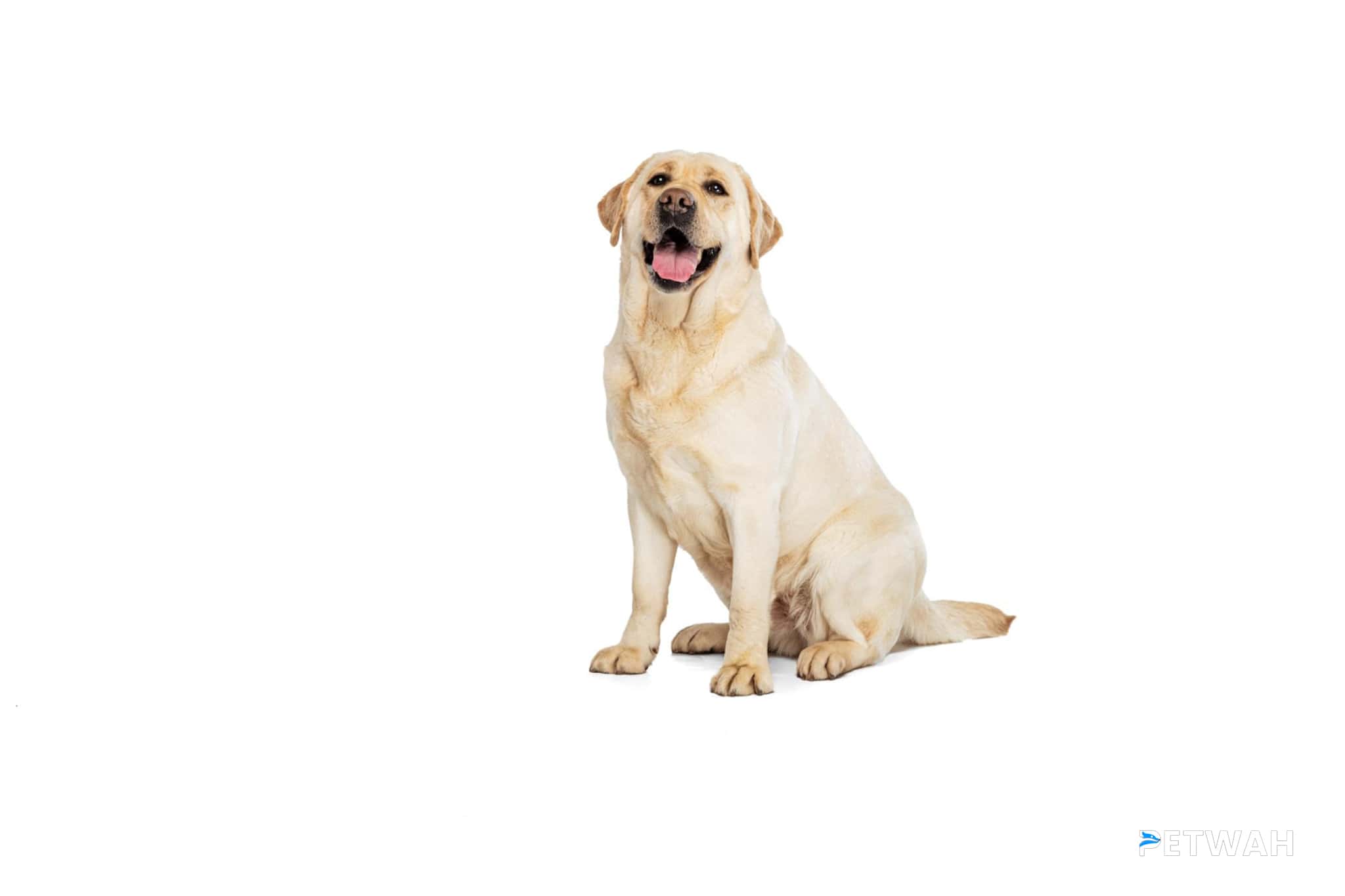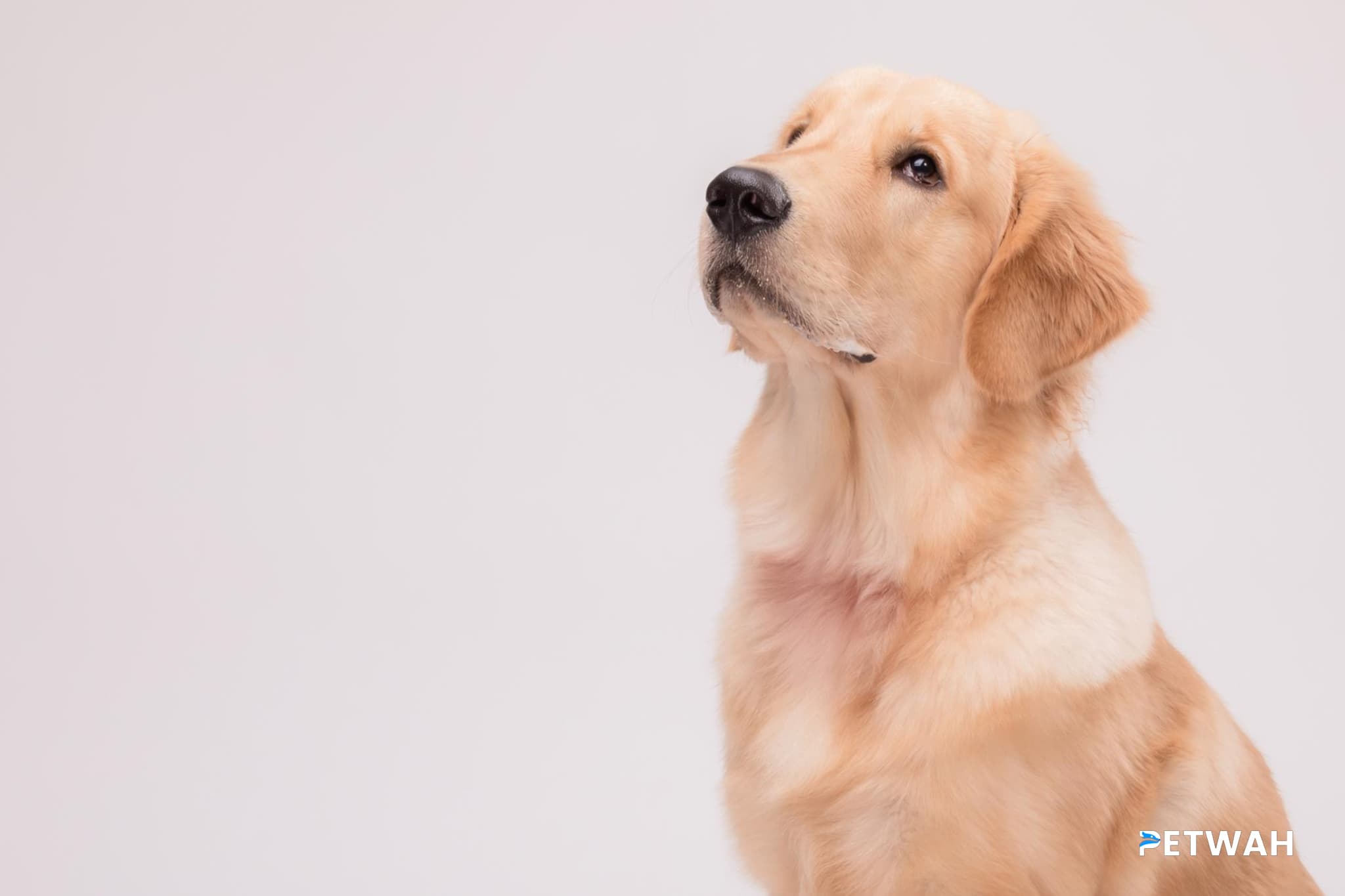
When it comes to a Goldendoodle, you may think that all Goldendoodles look the same and share the same personality traits – but that’s not the case! Every Goldendoodle is unique, and their differences are based on the generation of the Goldendoodle. In this blog post, we’ll uncover the differences between Goldendoodle generations, looking at their appearance, temperament, and shedding traits. We’ll give you all the knowledge you need to help you decide which Goldendoodle generation is right for you!
When it comes to choosing a dog, there are many factors to consider. From breed to size and age, it can be hard to decide which type of pup is right for you. Goldendoodles are a popular choice among canine lovers due to their unique combination of physical traits, intelligence and loving personalities. But what exactly sets one Goldendoodle generation apart from another? In this blog post, we’ll explore the differences between Goldendoodle generations, from their appearance to their temperament and shedding traits.
Appearance:
Goldendoodles come in three distinct generations: F1, F1b, and F2. Each generation is distinct in terms of appearance and coat type. The F1 generation is a mix between a Golden Retriever and a Standard Poodle, usually with a wavy or curly coat. The F1b generation is a cross between an F1 Goldendoodle and a Standard Poodle, producing a very curly coat. The F2 generation is a cross between two F1 Goldendoodles, and they tend to have a wavier coat. In terms of size, F1 Goldendoodles typically range between 50 and 70 pounds, while F1b and F2 Goldendoodles are generally smaller, ranging between 25 and 45 pounds.
Temperament:
Goldendoodles are known for their intelligence and loving personalities, but there can be subtle differences between generations. F1 Goldendoodles tend to be slightly more active than F1b and F2 Goldendoodles, as they are a mix of two working breeds. F1b Goldendoodles are known for their affectionate and loyal personalities, while F2 Goldendoodles can be more independent. All three generations are generally good with children and other animals, but it’s important to remember that individual temperaments can vary, even within the same generation.
Shedding Traits:
One of the main factors to consider when selecting a Goldendoodle is the amount of shedding. F1 Goldendoodles tend to shed more than F1b and F2 Goldendoodles, as they are a mix of two shedding breeds. F1b Goldendoodles have a tighter curl pattern, which can lead to less shedding. F2 Goldendoodles tend to shed the least of all Goldendoodle generations, as they are a mix of two low-shedding breeds.
Conclusion
Choosing the right Goldendoodle generation can be a difficult decision. From appearance to temperament and shedding traits, each Goldendoodle generation has its own unique characteristics. F1 Goldendoodles are a mix of two working breeds, and tend to be slightly more active than F1b and F2 Goldendoodles. F1b Goldendoodles have a tighter curl pattern and tend to be more affectionate and loyal. F2 Goldendoodles are a mix of two low-shedding breeds, and they tend to shed the least of all Goldendoodle generations. Ultimately, the best Goldendoodle generation for you will depend on your lifestyle and preferences.
In conclusion, the Goldendoodle generations can vary greatly in their looks, temperaments and shedding traits. While some generations may be more desirable than others, it’s important to remember that all Goldendoodles are intelligent, loyal, and loving dogs that make excellent family pets. With some research, patience, and an understanding of the different Goldendoodle generations, you can find the perfect furry friend for you and your family.



.jpg)



